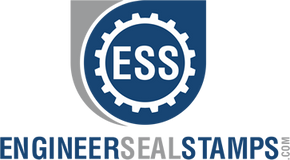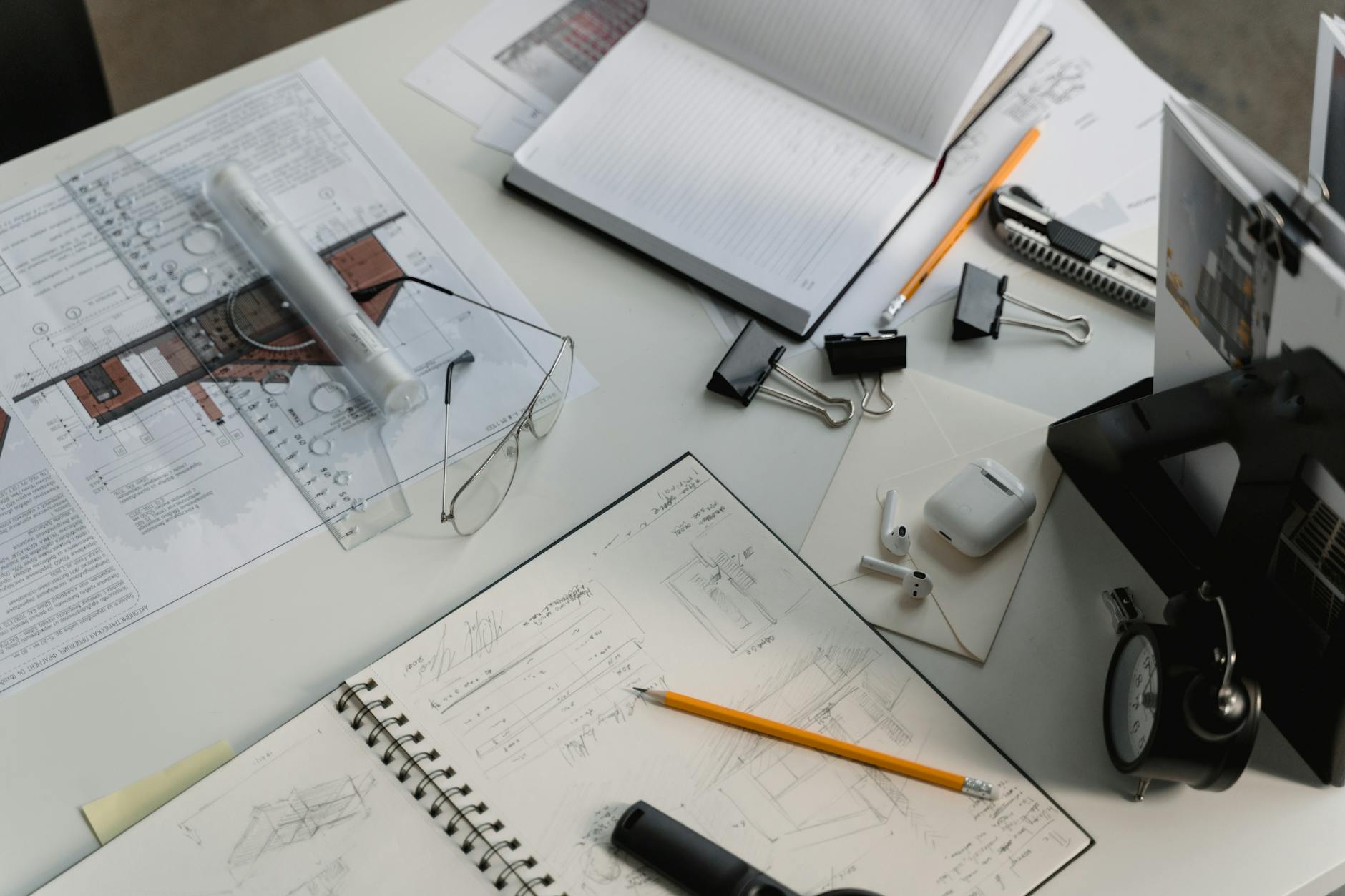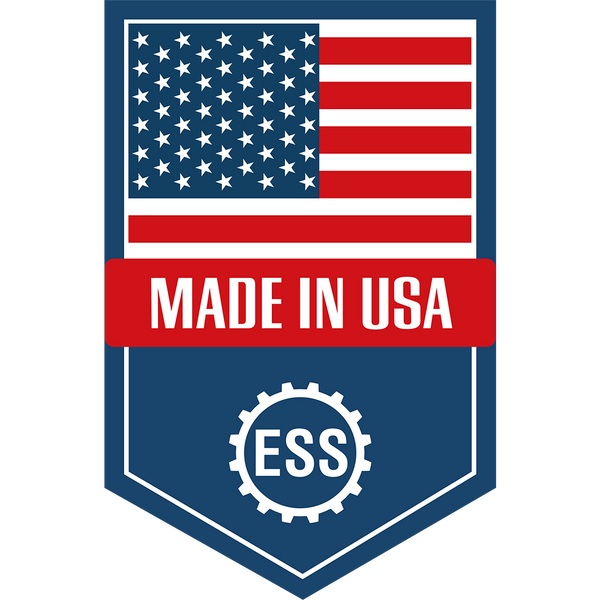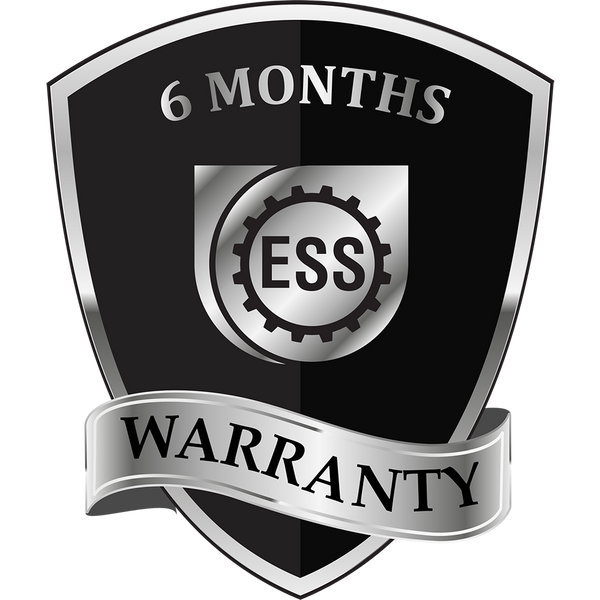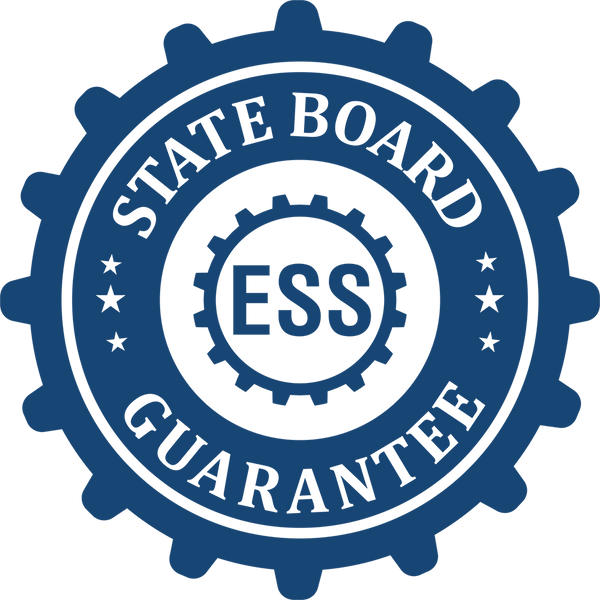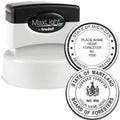If you’ve ever dreamed of adding sophistication to your personal notes, invitations, or books, you’ll love using embossing tools for stationery. These specialized devices create raised impressions on paper, which can instantly transform an ordinary sheet into a polished statement piece. Today, we’ll walk through a complete guide on embossers, from choosing the right style to caring for your tools. Let’s dive right in.
Appreciate the art of embossing
Embossing might sound fancy, but it’s actually a straightforward process that relies on a few simple principles.
What is embossing?
Embossing is the technique of pressing a raised design or text into paper. When you run your fingers across an embossed area, you’ll feel the letters or pattern stand out ever so slightly. This classic effect adds a tactile dimension to stationery, making each piece feel personal.
How does embossing work?
An embosser uses two plates with matching impressions, known as the male (raised) and female (recessed) dies. When you squeeze or press them together around the paper, the surfaces mesh perfectly and leave a shaped indentation. Engineer Seal Stamps (ESS) offers custom embossing stamps that give you control over the final look, from subtle monograms to full company logos.
Select your embosser style
Different types of embossers cater to various needs, budgets, and personal preferences. Here are two primary styles to consider.
Handheld designs
Handheld embossers are small and portable, so you can easily move them around as you work. They’re perfect if you need to quickly stamp envelopes or bookmarks. Their compact size also makes them a top choice for crafters or anyone focusing on small-scale projects.
Desktop devices
Desktop embossers are larger and usually come with a sturdy base. They apply consistent pressure, which can help prevent misalignments. If you’re repeatedly embossing a batch of wedding invites, or if you prefer a heavy-duty feel, desktop designs may suit you best. At ESS, you’ll find both handheld and desktop models to fit your style, and you can explore a range of custom embossing stamps for more variety.
Personalize your stationery
Customization turns your plain paper into a reflection of your personality or brand.
Monograms and names
A classic monogram or your full name is a timeless way to add flair. This works particularly well with personalized book plates. Imagine how satisfying it feels to open a beloved novel and see a delicate impression of your initials on the inside cover.
Logos or other designs
For small businesses, an embossed logo can elevate your brand presence. Whether you’re sealing gift certificates or client documents, a crisp, raised logo signals meticulous attention to detail. Engineer Seal Stamps can help you create a design that grabs attention while blending seamlessly with your other stationery elements.
Use your embossing tools
Getting the hang of your embosser is simple, and a few practice runs will quickly build confidence.
Step-by-step guide
- Align your paper between the male and female dies.
- Verify the positioning by gently pressing to see where the impression will land.
- Apply even pressure on the handle or lever, depending on your embosser style.
- Remove the paper to reveal your raised design.
- Repeat as needed, adjusting your paper alignment to ensure consistency.
Pro tips
- If you emboss envelopes, choose a corner or flap section that won’t disrupt the mailing address.
- For thicker cardstock, a desktop embosser with enough leverage will create a clearer impression.
- Keep spare paper on hand for test embosses until you perfect the placement.
Keep tools in top shape
A little care goes a long way toward preserving the quality of your embossing dies.
Regular cleaning
Use a soft, dry cloth to wipe away any paper dust or residue. Rubbing alcohol on a cotton swab can lift stubborn bits of paper fibers. Be gentle to avoid wearing down the raised edges of your dies.
Proper storage
Store your embosser in a dry area, away from direct sunlight. Humidity can warp metal components over time, and too much heat can affect your dies. Cover it with a small dust cloth or place it in its original box for extra protection.
FAQs
How do I decide between a handheld and a desktop embosser?
If you’re mostly embossing smaller projects or need portability, go handheld. For bulk tasks or heavier paper, desktop models offer better stability.Can I emboss both thin and thick paper with the same tool?
Yes, but it’s important to confirm the recommended paper weight. Some handheld embossers may struggle with extra-thick cardstock, so a sturdier desktop version is best for heavier materials.Are embossing designs permanent?
Generally, yes. Embossed impressions are physically pressed into the paper, so they won’t fade unless the paper is damaged over time.What if I want a custom shape or logo?
Engineer Seal Stamps (ESS) specializes in custom designs. Simply share your artwork, and they’ll help you create a personalized die that fits your exact needs.Can an embosser work on materials other than paper?
Some heavier-duty embossers might handle thin fabrics or leather, but always check manufacturer recommendations before experimenting.
Adding that raised edge to your invitations, holiday cards, or bookplates is easier than you might imagine. With embossing tools for stationery, your creations become instantly more meaningful. If you’d like to take your designs to the next level, consider exploring options from Engineer Seal Stamps. You’ll be amazed at how even a simple initial can add charm to everyday items. Happy embossing!
